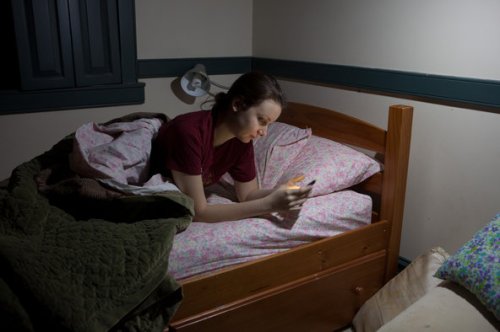Politics, Research, and School Reform: Letting Teens Sleep in

Teaching high school students, first period of the school day, say, 7:30 or 8 AM is tough. Why? Students from both affluent and working class families shuffle into the room, sometimes carrying wake-up food and drink, and sit down at their desks giving the teacher the 1000-yard stare or closing their glazed eyes. They are sleepy.
Recent research (see here, here and here) has established that adolescent bodies and minds are still developing and getting five or less hours of sleep a night when doctors recommend nine means sluggish lessons in the mornings and sleepy afternoons in class.
Citing such research, some school boards (e.g., Long Beach, California; Glen Falls, New York, and Stillwater, Oklahoma), after many open meetings with parents and experts on sleep and teenagers initiated later start times for middle and high school students. Research tied to solving a problem–sleepy and non-involved teenagers in academic classes– supporting a tidy solution such as a later school starting time in morning–seemed, thus far, to work in these
